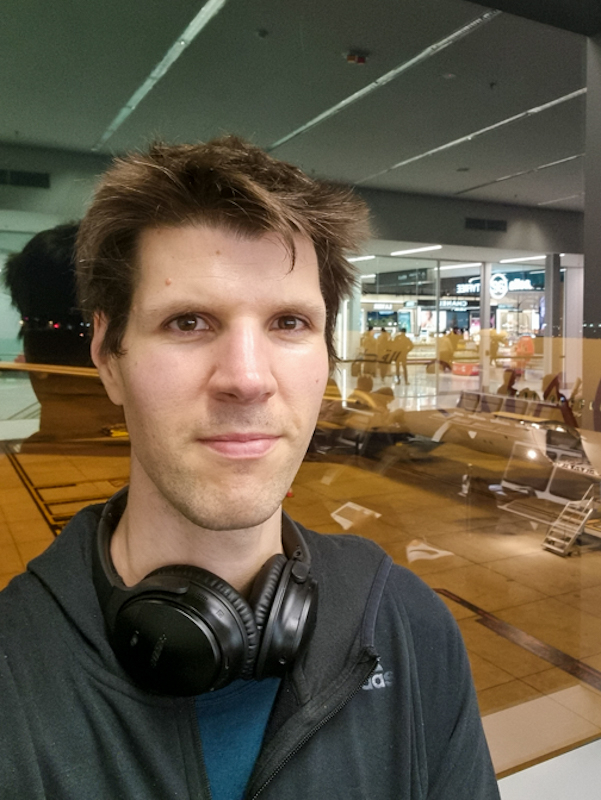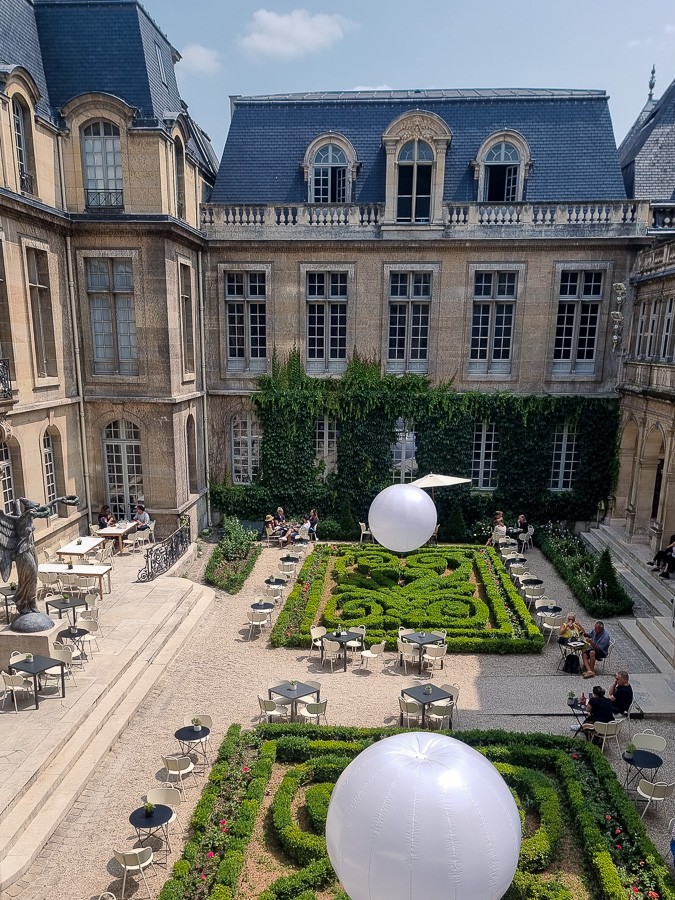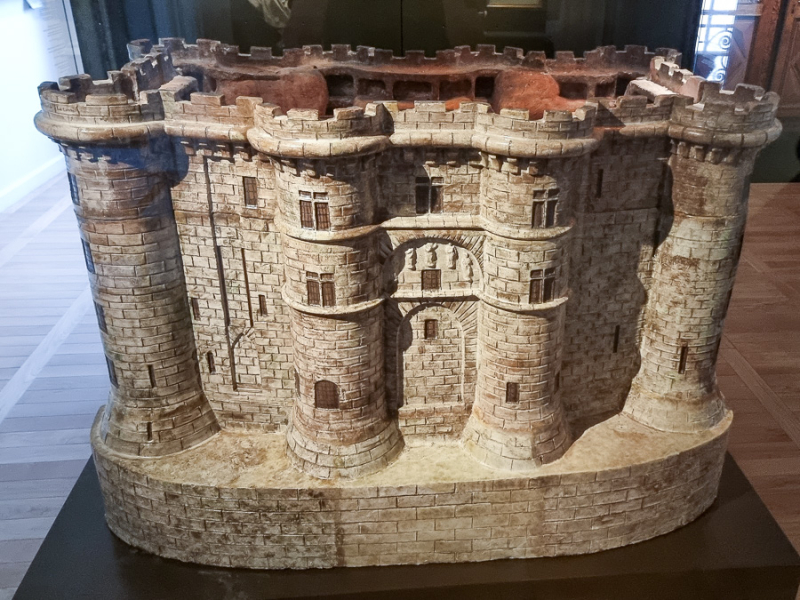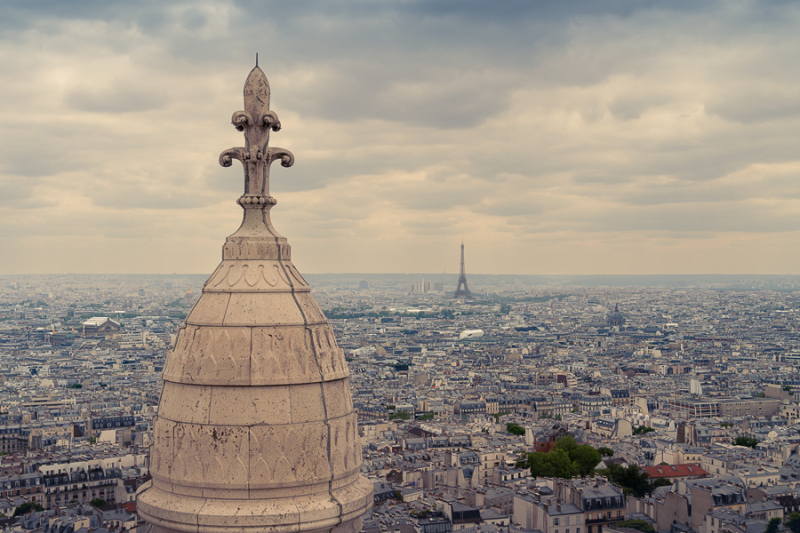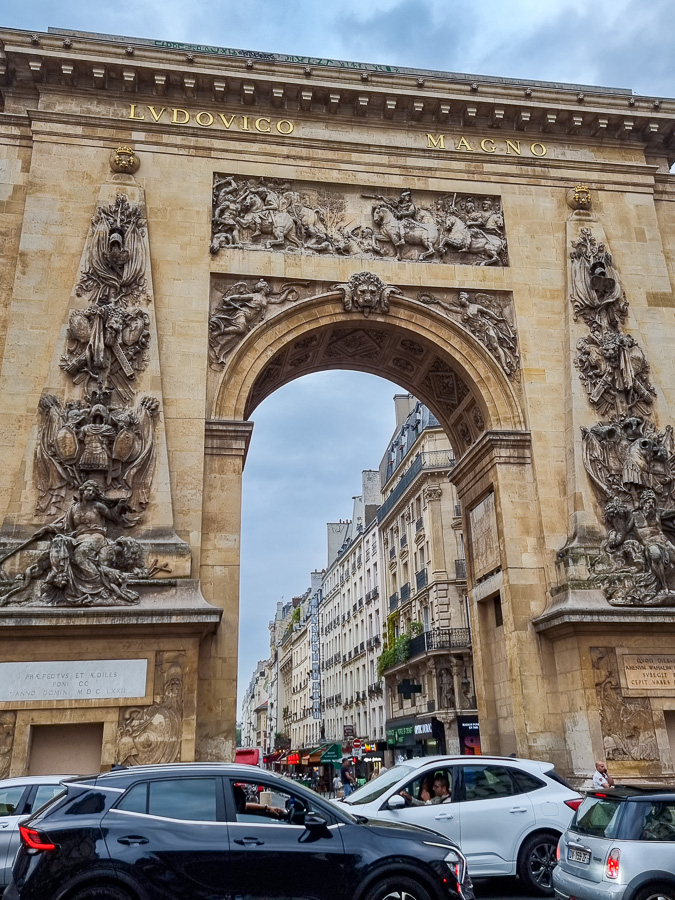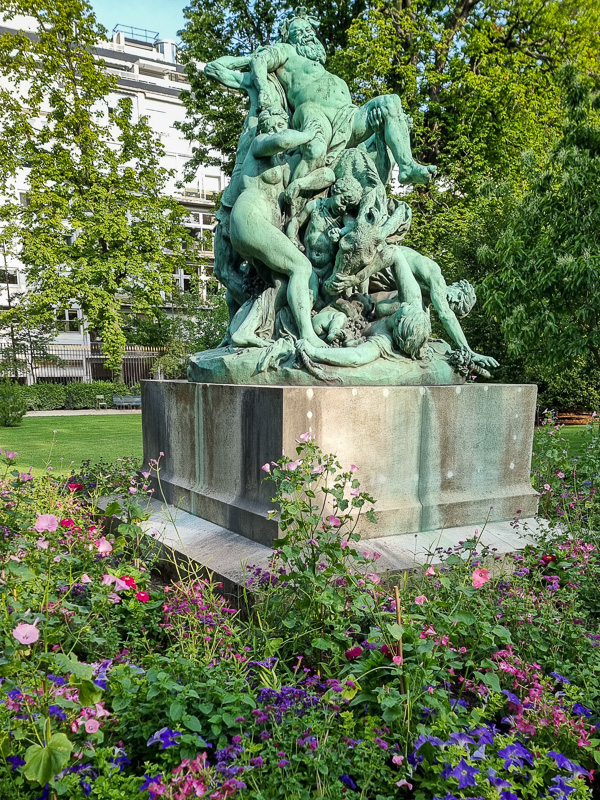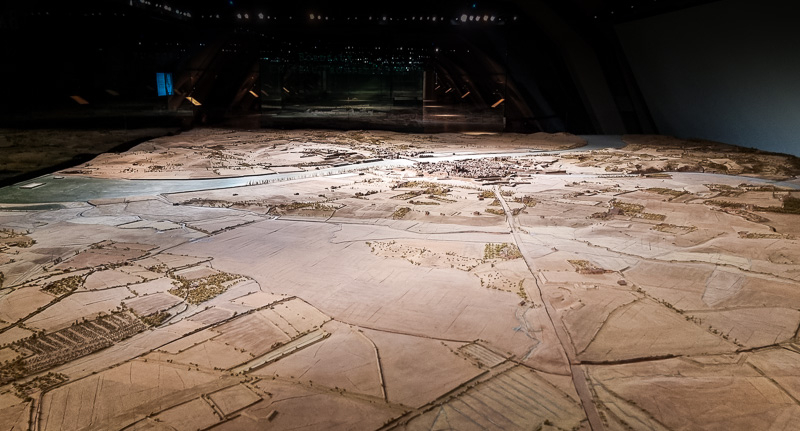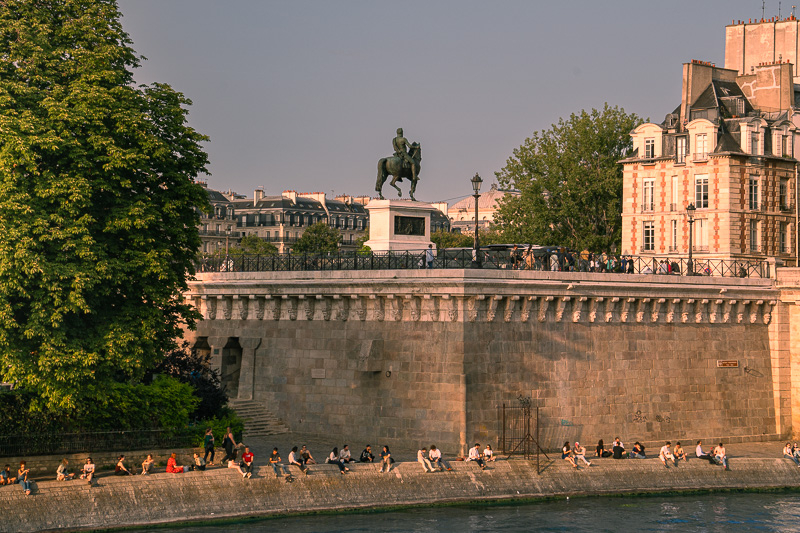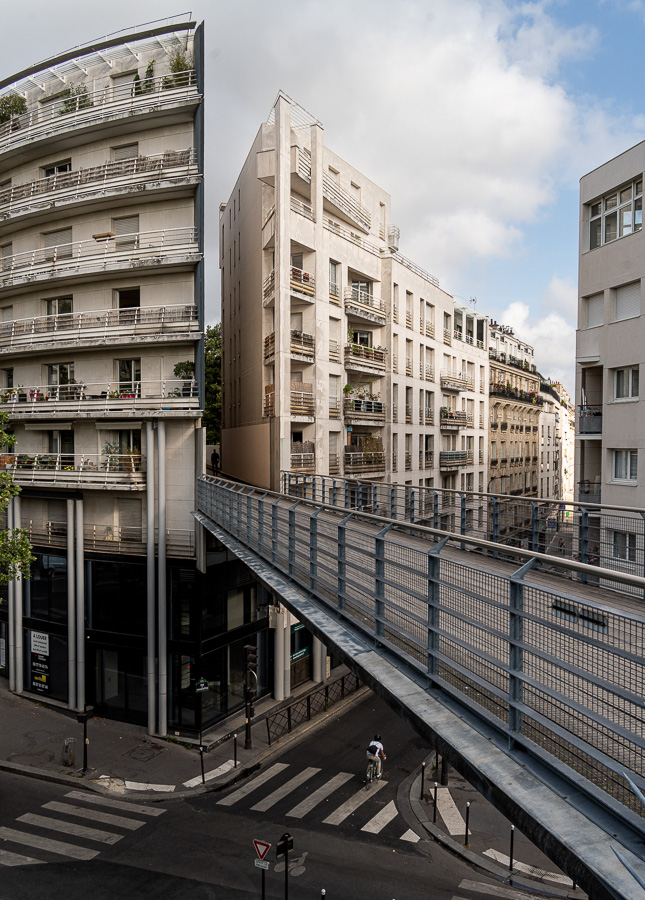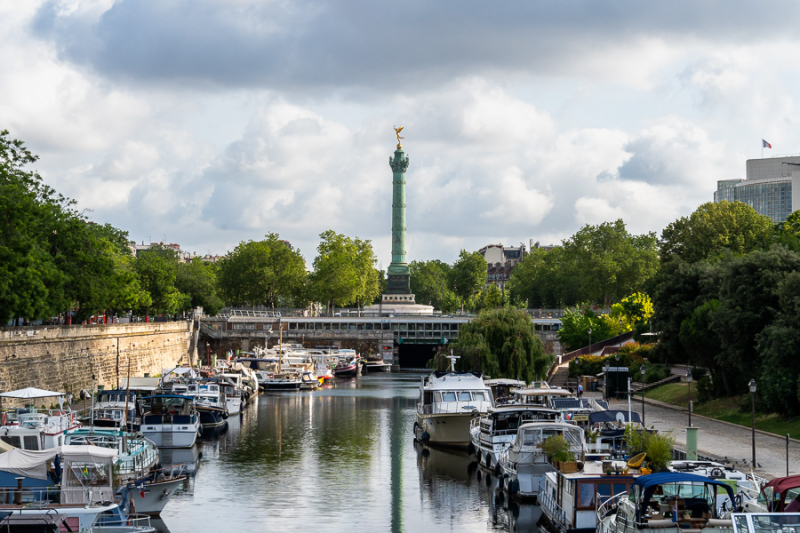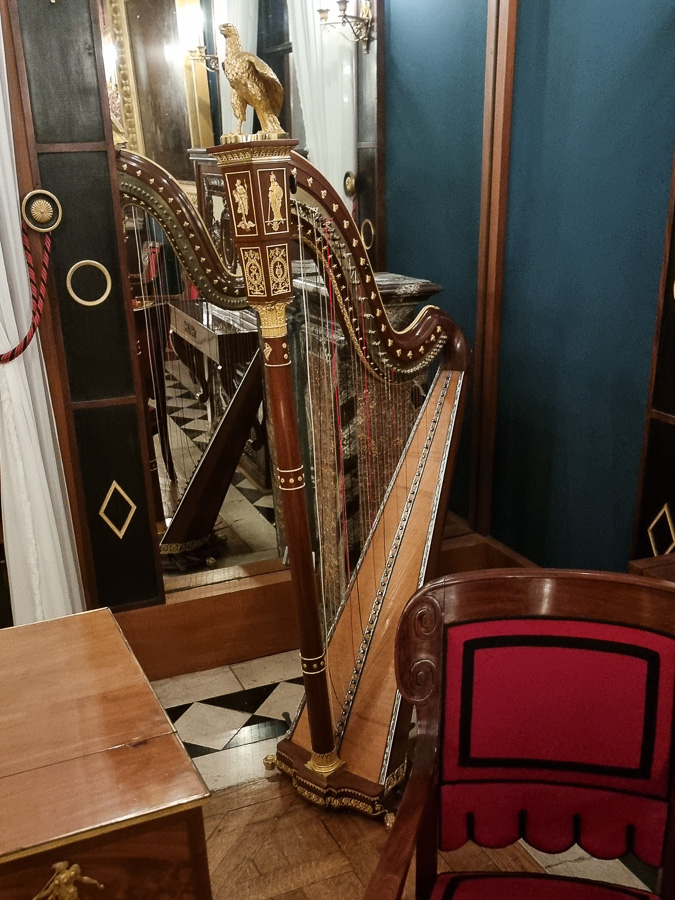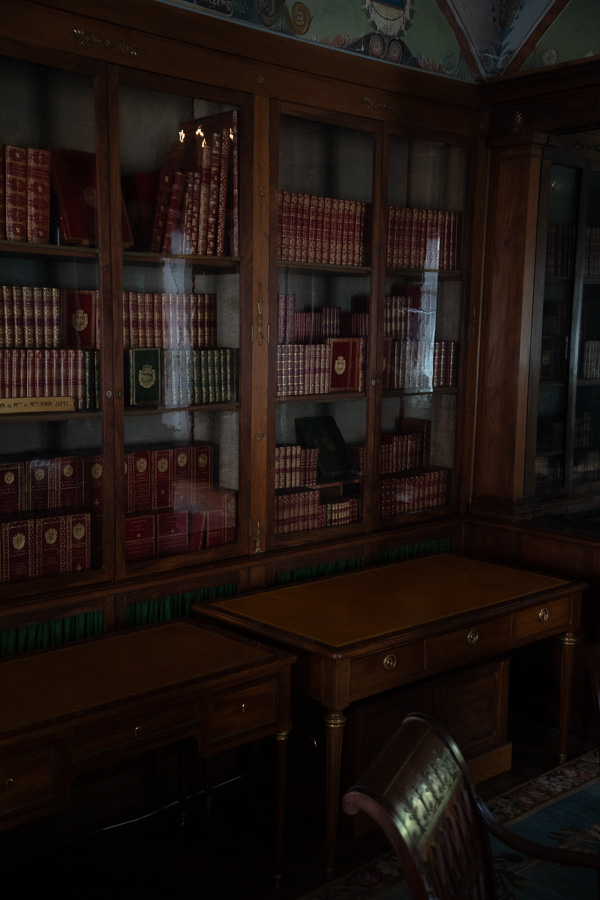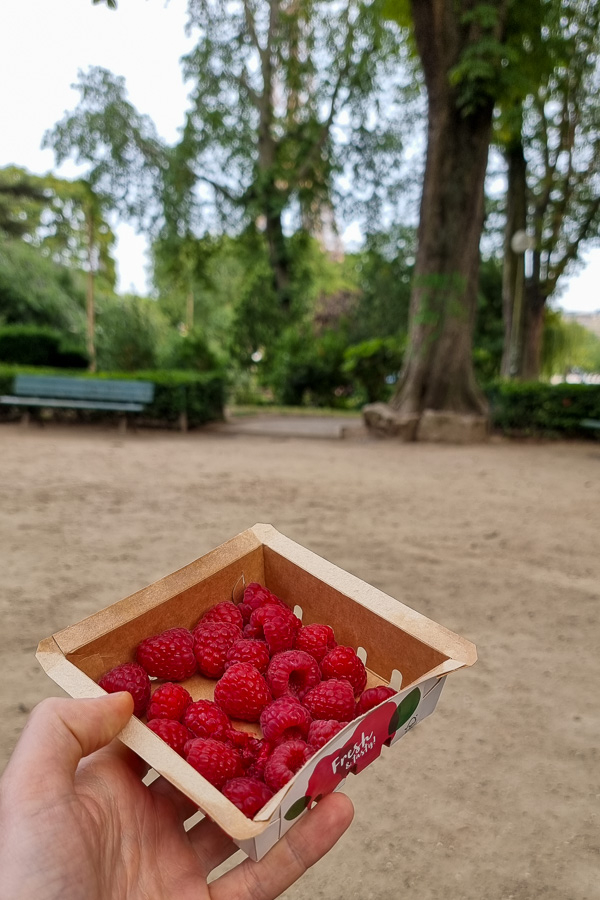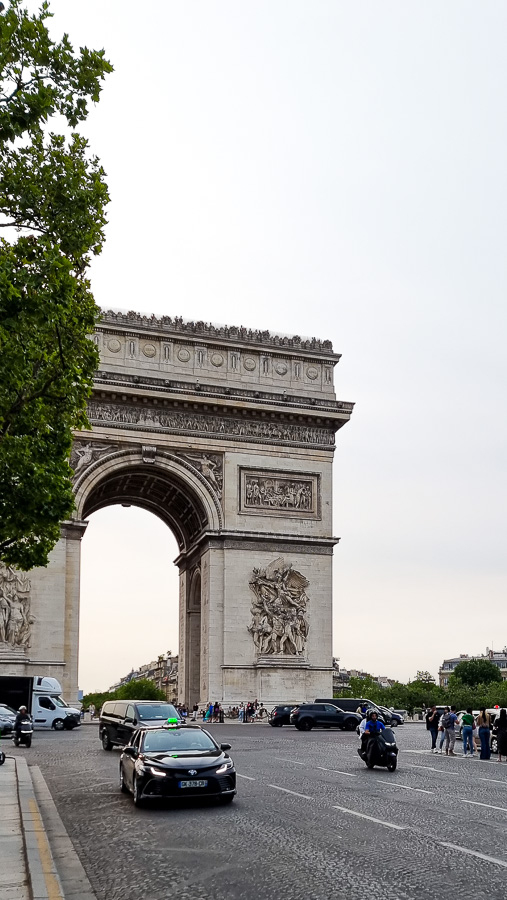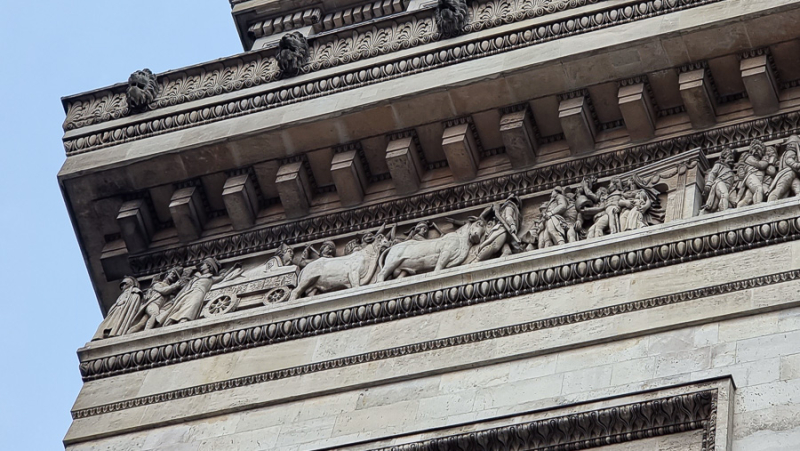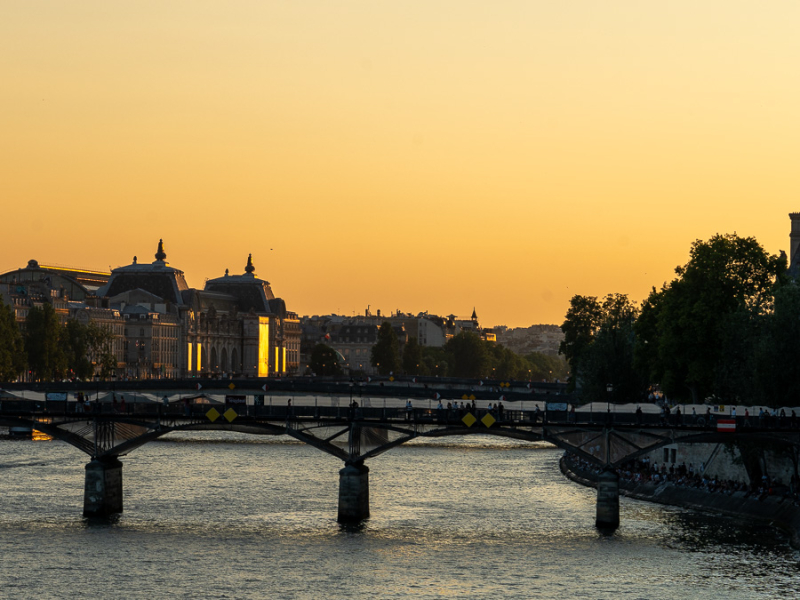I love Paris, but I'm yet to land on the right choice for a souvenir to bring home. And it's not for lack of options. First time visitors would be amazed at the opportunistic touts and the scale of locations that they try to sell plastic Eiffel Towers from Wish along with bootleg water, cigarettes and Heineken.
Last week, the day we rushed to Paris thanks to delayed trains, I lost my notebook and my most treasured pen. But I don't want to replace that with a new book with a cover featuring a painting of Napoleon, or some Parisian landmark.
What I want is something that truly captures the vibe that is this city on a summer's evening. From the crazy bustle of the subterranean metro, to the riverside picnics and the cafes filled at 9pm at night, to the calm, flat, off white landscape that is the city when viewed from up high, such as the top of the Arc de Triomphe.
I want to put in my house the feeling of a city that is simultaneously 2500 years of history, and millions of living people. I want to feel in my backyard the vibe of bringing a baguette and a beer to a park or square filled with other people doing the same, under the view of monuments or ruins or gargoyles that are ancient.
In Adelaide there are no human monuments around you that remind you that you are one of a multitude, a meaningless life lucky enough to be surrounded by delicious food, cheap drinks, company and incredible sights. There are geological reminders, sure, but there's something about the works of human hands that resonates with me, and something about such a density and intricacy of works that reinforces that feeling.
So I guess what I need to fit in my suitcase is a gigantic, old building. A Roman bath, a chateau, a triumphal arch, a temple to reason. A marble statue slash fountain with a plethora of spouts and ornately shaped stone butts.
The Jardin du Luxembourg is where we started today, looping around the boundary to see birds, fountains and flowers. We then found a crepe and coffee forumule for breakfast, and began walking towards Les Invalides. This required eating a bagel at a second stop along the way, before arriving right before opening time with the other diehards who wanted to see Napoleon's tomb first thing.
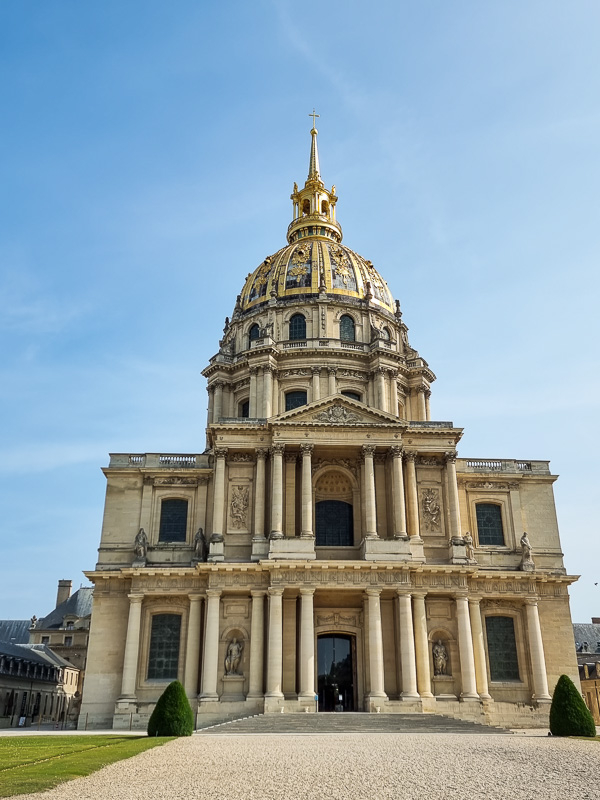
Les Invalides
The life of Napoleon Bonaparte's corpse, I would say, would be more interesting than the average human's actual life. Dead on St Helena, and initially a symbolic enemy of the Restoration, things changed again in Paris and it was recognised that - in all the complexities of life - he was worth being a tourist attraction as this was a few decades before the Eiffel Tower was raised.
So in 1840 they dug him up, released the gases, and transported him 7000km. In Paris he was marched through the Arc de Triomphe (that he commissioned when he was still alive) and put on display for 20 years. He was then laid to rest permanently in Les Invalides in 1861, a former military hospital that Napoleon's wars kept busy many years earlier.
The tombs of Napoleon, his son, and a few other family members, famous generals and marshals can be added to the long list of buildings in Paris that are over the top in their size, decoration and detail. Sculptures, reliefs and gilding define all of them, but Napoleon's tomb is the most momentous. Viewable from the top, and below via a marble staircase lined with statues and carvings, it is an enormous grave. I was joking about people lining up to see it first, but witnessing it without a crowd around was an experience, although I'm not exactly sure of what kind.
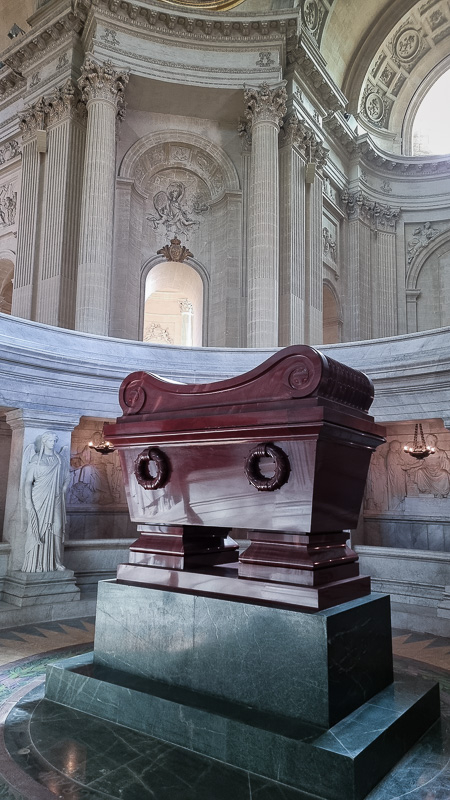
Napoleon in a box. It's about five metres tall.
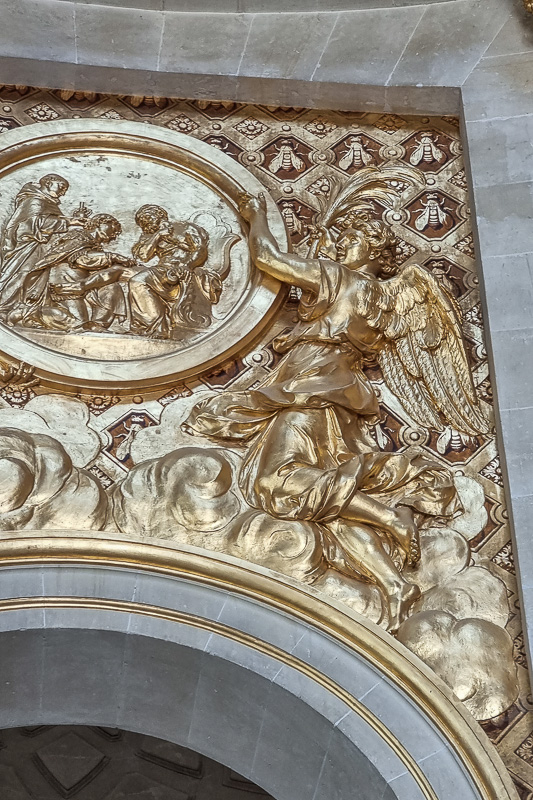
Bumblebee motifs in the corner of a fresco above an arch.
The rest of the exhibitions at Les Invalides were less ornate. The big parade ground is lined with old cannon, and from there we took in the medieval and renaissance armour and weaponry. There were a lot of suits of armour. After that we visited a temporary exhibition about Charles de Gaulle who I actually didn't know much about. He too lived a very eventful life for France, and his existence is probably the reason the aeroport of Paris is not known as Napoleon Bonaparte Airport. (Or maybe it's because Napoleon Bonaparte Airport already exists in Corsica).
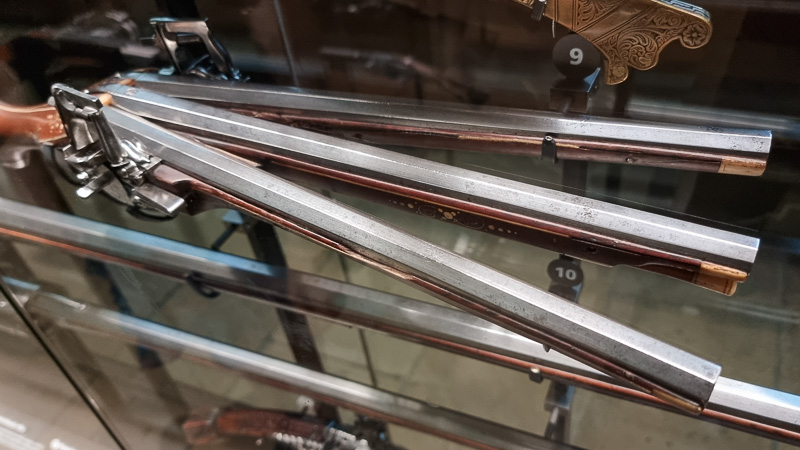
Triple gun. Was probably not used in actual battles.
A large movie theatre with five different screens ran through de Gaulle's life in the language of your choosing, and this was enlightening and also a great opportunity to sit down for half an hour.
After that, and at some point a Nespresso coffee at the cafe, we moved onto the Napoleonic Wars. Here there were many artefacts of the soldiers and battles from the Napoleonic era, and the centuries after leading up to the twentieth century. Having read Napoleon's biography a few years earlier, this was an excellent review of things I'd read about. There was also a cool recreation of a battle featuring lots of miniatures and well-timed lights.

Sketch of Napoleon, we are rocking essentially the same haircut today. Coincidentally! I am sure Napoleon was cable of having a haircut in Paris as he speaks French.
We left this part of the museum around 1820. The World Wars exhibit was closed, which was disappointing as well as a reprieve. I'd expected the visit to the museum to last a few hours but it was already past lunchtime and there was one remaining part I really wanted to see - the Museum of Relief Maps. Up on the top floor of the wing was a collection of wood carved, 3D maps of geographical areas of importance from the seventeenth and eighteenth century. They were originally created for planning and strategizing purposes, and created by master surveyors and master carpenters so that the dimensions were exactly right. They are huge, and basically a preview of satellite maps from 200+ years ago.
The floor also featured a wooden model of the Mont-Saint-Michel, which was not made for military purposes, but by a brother of the island at around the same time of the reliefs. This one was very cool.
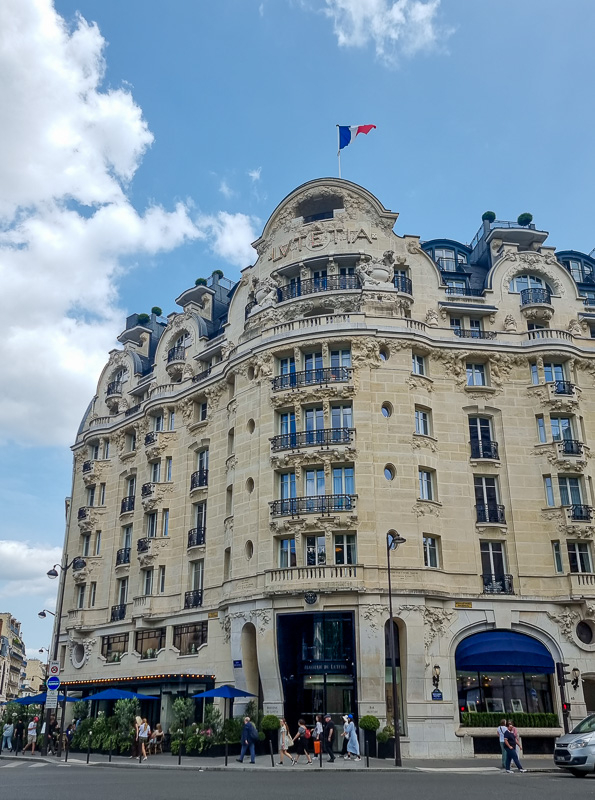
Random building on the walk back while trying to find lunch.
Post-nap, we went to the Paris Pantheon with hopes of climbing up the top there for an early evening view of the city, but it was closed for an incident that was not disclosed. We then considered briefly going to the opera, but decided to stick with the original plan of another picnic. This time in the Tuileries Garden that we had skimmed past a few times but failed to spend any time in. We grabbed some takeaway and a drink each and then found a spot (a couple of spots in fact) to enjoy the evening ambience. I absolutely love how many freestanding seats that the city of Paris has littered around its big parks. You can cluster them together in groups, or take them away to your own private space.
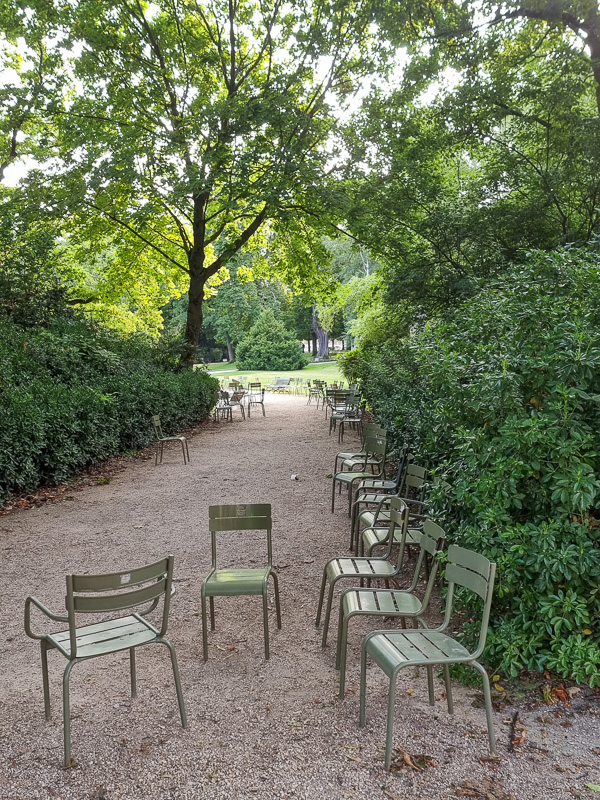
Plenty of chairs to choose from in Luxembourg Gardens at opening time.
We sat in the Tuileries until close to sunset, then walked slowly back along the river admiring more sculptures and architecture and well-adjusted public drinkers. In Adelaide it was close to eight degrees.

Tuileries duckpond.
In French, souvenir literally translates to a "memory". I will be bringing back many of those.

